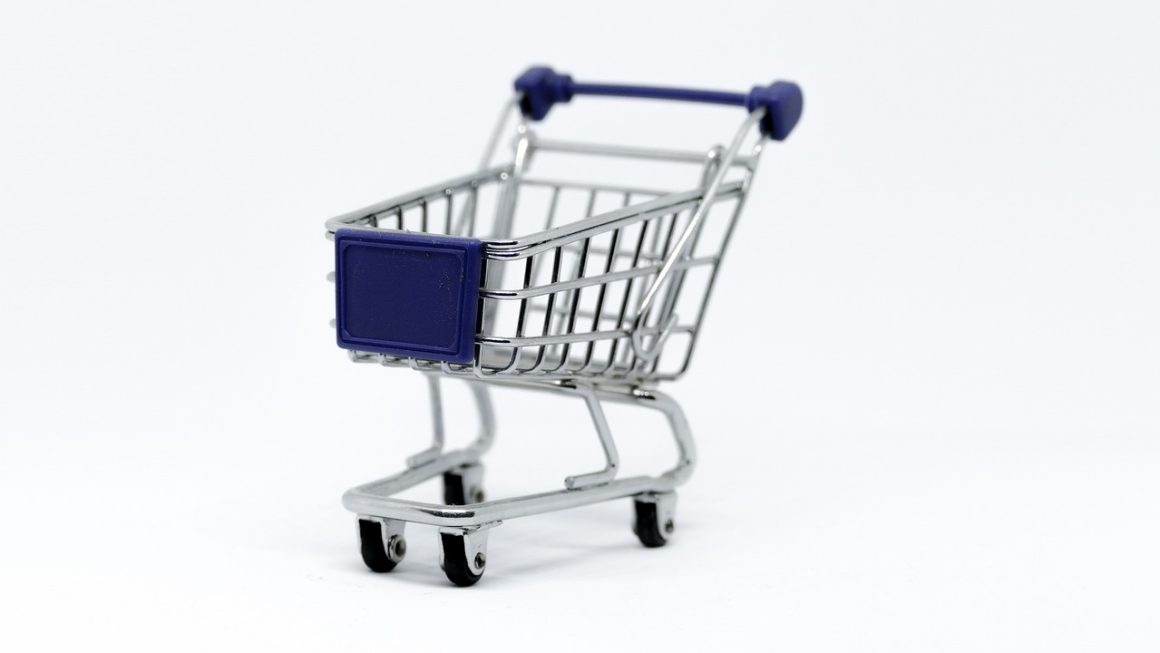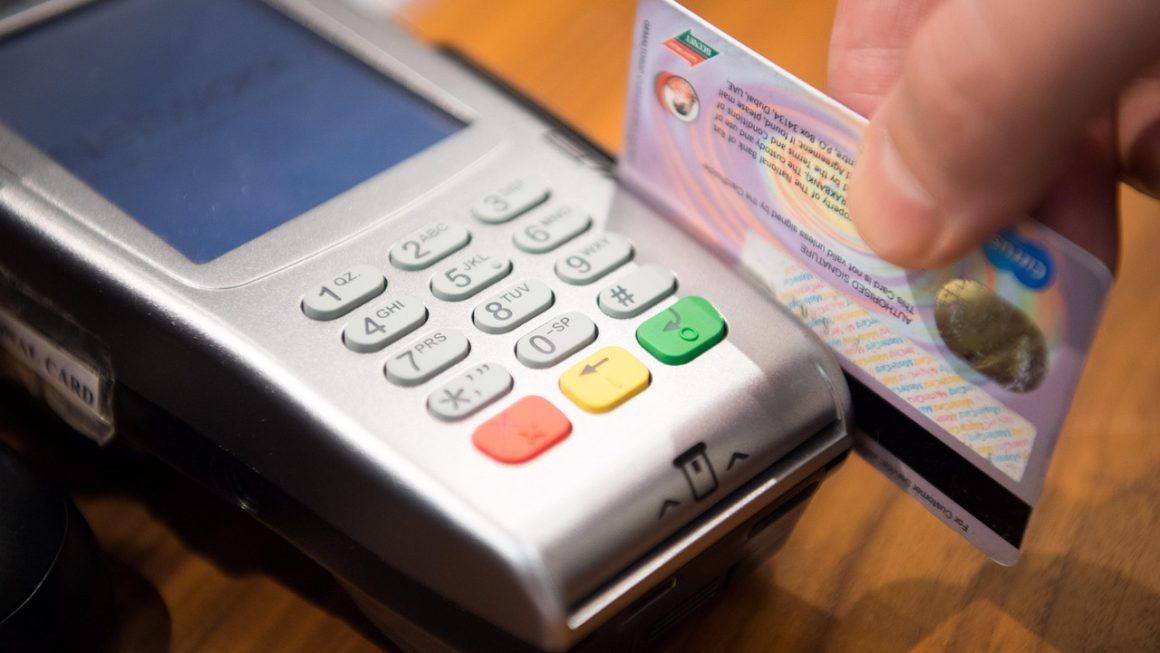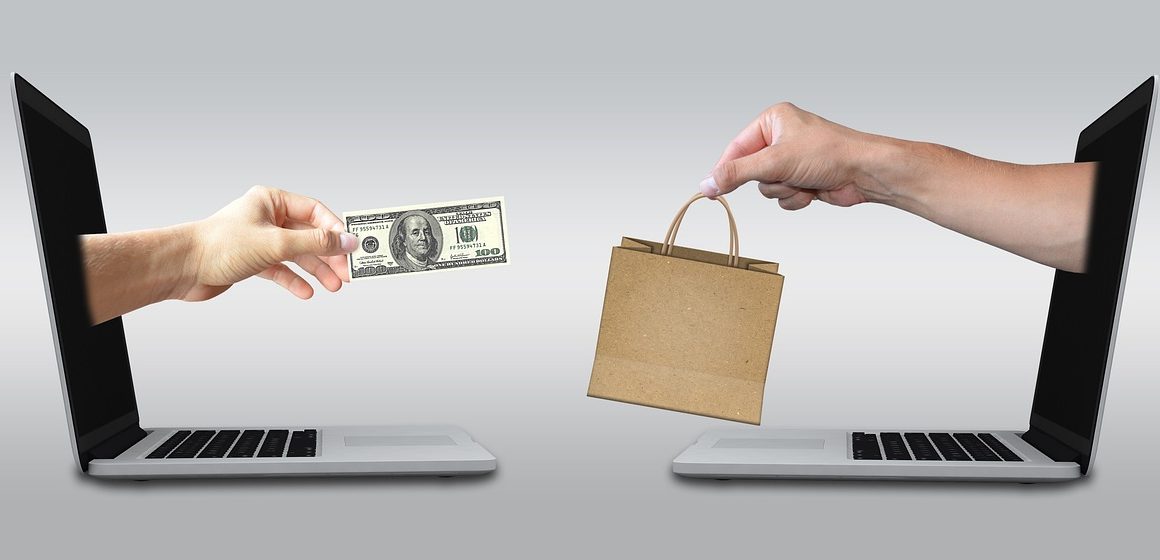Digital receipts are rapidly replacing their paper counterparts, offering numerous benefits for both consumers and businesses. From streamlining expense tracking to reducing environmental impact, the shift to digital receipts is transforming how we manage transactions. This guide will explore everything you need to know about digital receipts, including their advantages, how they work, and how to implement them in your business.
What are Digital Receipts?
Definition and Key Characteristics
A digital receipt is an electronic record of a transaction, sent to the customer via email, SMS, or a dedicated app instead of being printed on paper. They contain the same information as traditional paper receipts, including:
- Date and time of purchase
- Merchant’s name and address
- Items purchased and their prices
- Total amount paid
- Payment method used
- Transaction ID
Unlike paper receipts, digital receipts offer added convenience and functionality. They’re easily stored, searchable, and often integrated with accounting software or expense tracking apps.
Different Types of Digital Receipts
Digital receipts come in various forms, each with its own delivery mechanism:
- Email Receipts: The most common type, sent directly to the customer’s email address after a purchase.
- SMS Receipts: Sent as a text message, often including a shortened link to view the full receipt online.
- App-Based Receipts: Some businesses use their mobile apps to store receipts directly within the user’s account.
- QR Code Receipts: A QR code is presented at the point of sale. Scanning the code allows the customer to download or access the receipt online.
Benefits of Using Digital Receipts
For Consumers
Digital receipts offer a plethora of advantages for consumers:
- Convenience: No more crumpled receipts in your wallet or lost paper records. Digital receipts are stored electronically and easily accessible.
- Expense Tracking: Seamlessly integrate with expense tracking apps like Expensify, Mint, or Quickbooks Self-Employed. This simplifies budgeting and tax preparation.
- Environmental Friendliness: Reducing paper waste contributes to a more sustainable environment.
- Searchability: Quickly find specific receipts by searching keywords like date, merchant, or item purchased.
- Legibility: No more faded or unreadable receipts. Digital receipts are always clear and easy to read.
- Warranty and Returns: Easily access purchase history for warranty claims or returns.
Example: Imagine needing to return an item purchased months ago. With a digital receipt, you can quickly find the transaction details in your email or expense tracking app, avoiding the frustration of searching for a lost paper receipt.
For Businesses
Businesses also benefit significantly from implementing digital receipts:
- Cost Savings: Reduce expenses associated with paper, ink, and printer maintenance.
- Improved Efficiency: Streamline accounting processes and reduce manual data entry.
- Enhanced Customer Experience: Provide a more modern and convenient service that customers appreciate.
- Data Collection and Analytics: Gather valuable data on customer spending habits and product preferences.
- Reduced Errors: Eliminate errors associated with handwritten receipts.
- Branding Opportunities: Customize digital receipts with your company logo, promotions, and links to your website or social media.
Example: A coffee shop can use digital receipts to track which menu items are most popular during different times of the day. This data can then inform inventory management and marketing campaigns.
How Digital Receipts Work
The Process from Transaction to Delivery
The process of generating and delivering a digital receipt is relatively straightforward:
Integration with POS Systems and Accounting Software
Many modern POS systems are already equipped to handle digital receipts. They often integrate with popular accounting software, such as:
- QuickBooks
- Xero
- Zoho Books
This integration allows for automatic synchronization of transaction data, simplifying bookkeeping and financial reporting.
Example: Square POS allows businesses to easily collect customer email addresses and automatically send digital receipts after each transaction. The transaction data can then be seamlessly imported into QuickBooks for accounting purposes.
Implementing Digital Receipts in Your Business
Choosing the Right Solution
Selecting the right digital receipt solution is crucial for a smooth transition:
- Consider your POS system: Ensure compatibility with your existing POS system or payment gateway.
- Evaluate features: Look for features like customization, integration with accounting software, and data analytics.
- Assess security: Prioritize solutions with robust security measures to protect customer data.
- Check pricing: Compare pricing plans and choose one that fits your budget and business needs.
Best Practices for a Smooth Transition
Here are some best practices for successfully implementing digital receipts:
- Inform your customers: Clearly communicate your transition to digital receipts and explain the benefits.
- Offer both options initially: Provide both paper and digital receipts during the transition period to accommodate customers who prefer paper.
- Train your staff: Ensure your staff is well-trained on how to generate and deliver digital receipts.
- Collect customer emails effectively: Train staff to politely ask for customer email addresses during checkout. Offer incentives for providing email addresses (e.g., discounts, loyalty points).
- Test the system thoroughly: Before fully implementing digital receipts, test the system thoroughly to ensure it functions correctly.
- Provide support: Offer support to customers who have questions or need assistance with digital receipts.
- Comply with legal requirements: Ensure your digital receipt system complies with all applicable legal and regulatory requirements.
Actionable Takeaway: Start by researching POS systems that offer seamless digital receipt integration. Consider a phased rollout, offering both paper and digital receipts initially, and thoroughly train your staff on the new system.
Security and Privacy Considerations
Protecting Customer Data
Data security and privacy are paramount when handling digital receipts. Implement these measures:
- Encryption: Use encryption to protect customer data during transmission and storage.
- Secure Storage: Store data on secure servers with robust access controls.
- Data Minimization: Only collect the necessary data to generate and deliver receipts.
- Compliance with Regulations: Comply with data privacy regulations like GDPR and CCPA.
- Transparency: Clearly communicate your data privacy policy to customers.
Compliance with Data Privacy Regulations
Familiarize yourself with relevant data privacy regulations and ensure your digital receipt system complies with them. This includes:
- Obtaining explicit consent from customers before collecting their email addresses.
- Providing customers with the option to opt-out of receiving digital receipts.
- Ensuring data is stored securely and protected from unauthorized access.
Important: Consult with a legal professional to ensure your digital receipt system complies with all applicable data privacy regulations in your jurisdiction.
Conclusion
Digital receipts offer significant advantages for both businesses and consumers. From streamlining expense tracking and reducing environmental impact to enhancing customer experience and improving efficiency, the benefits are undeniable. By carefully planning and implementing a digital receipt system, businesses can save money, improve customer satisfaction, and contribute to a more sustainable future. Embrace the digital transformation and make the switch to digital receipts today!




